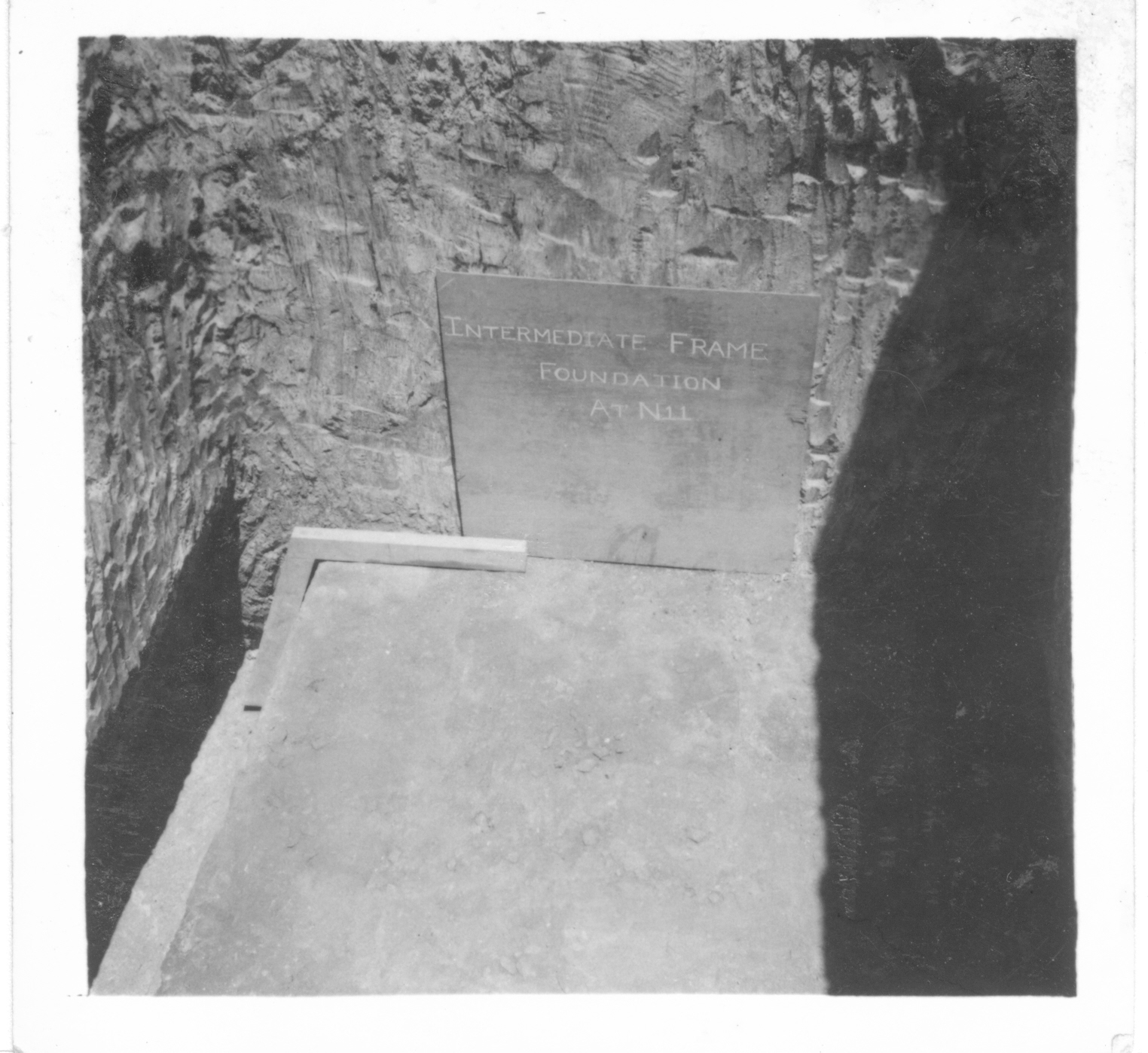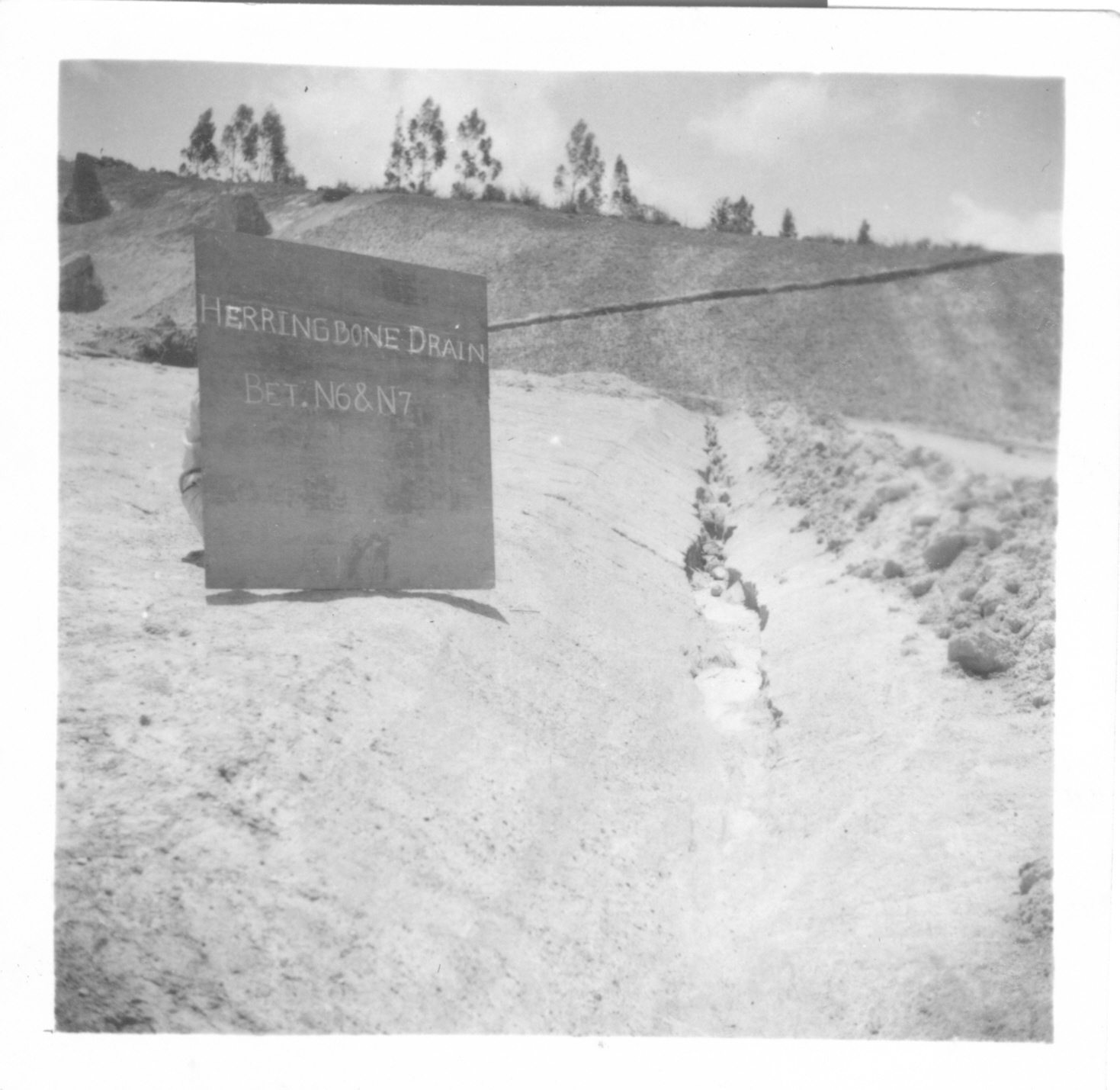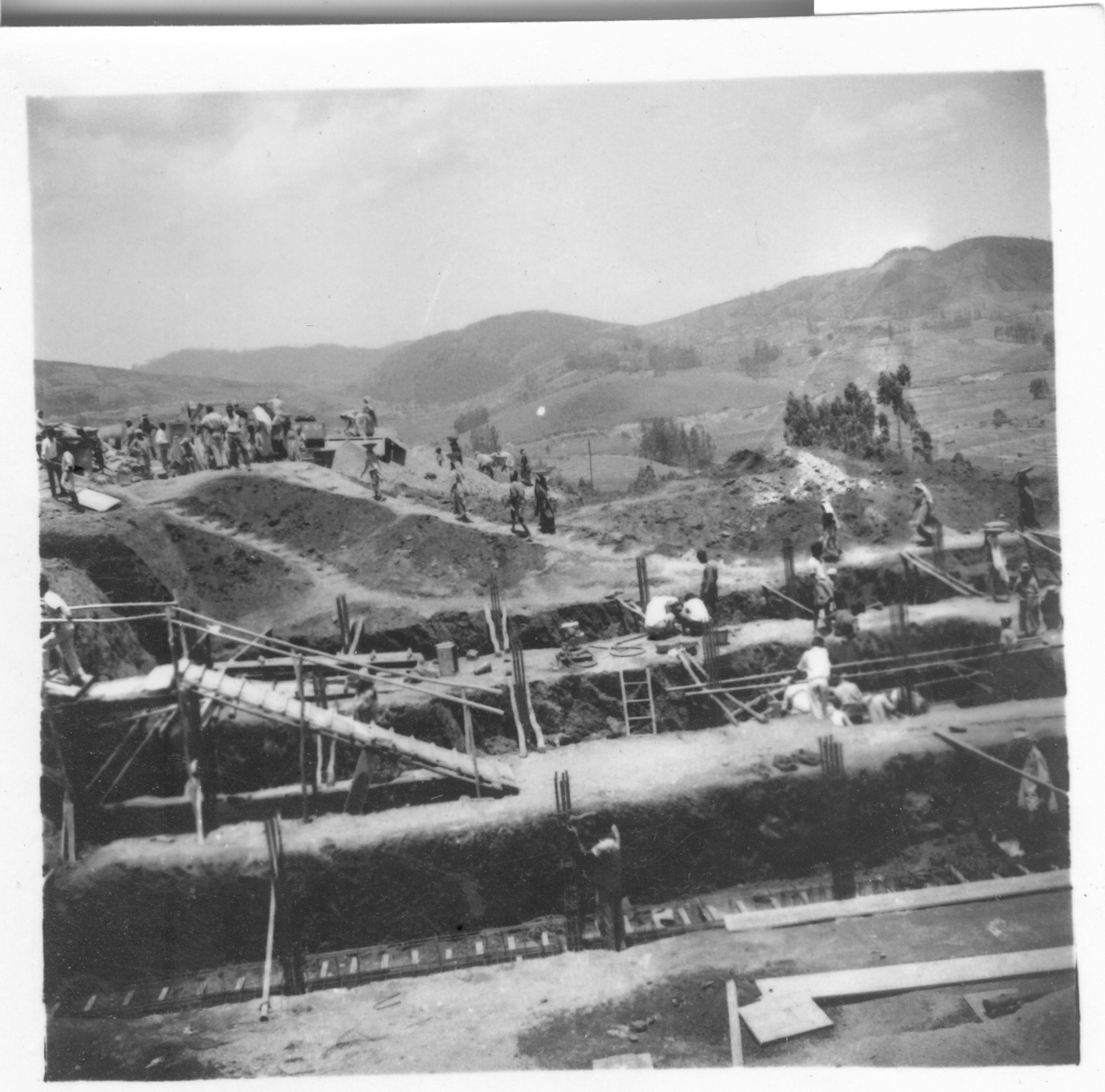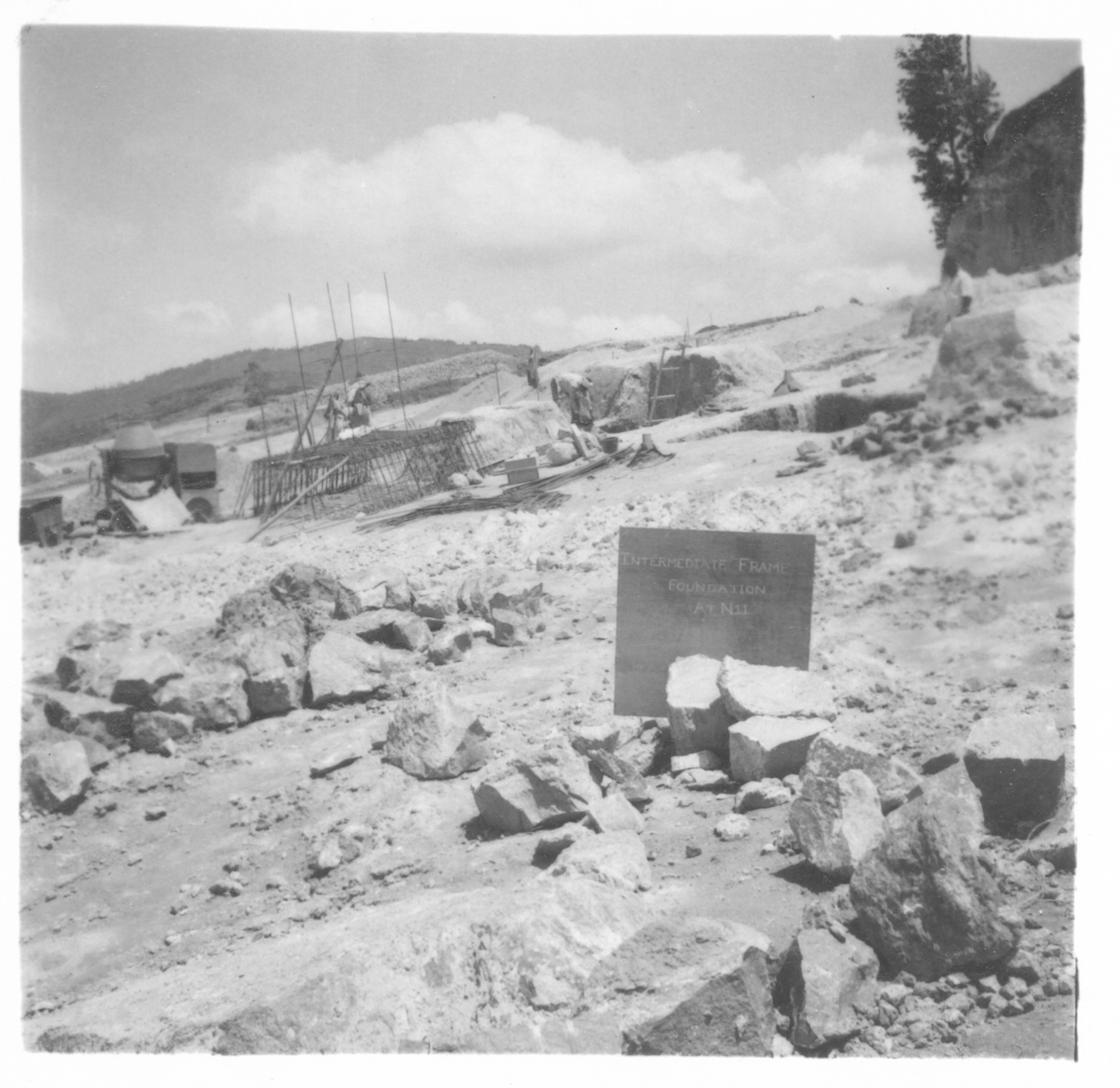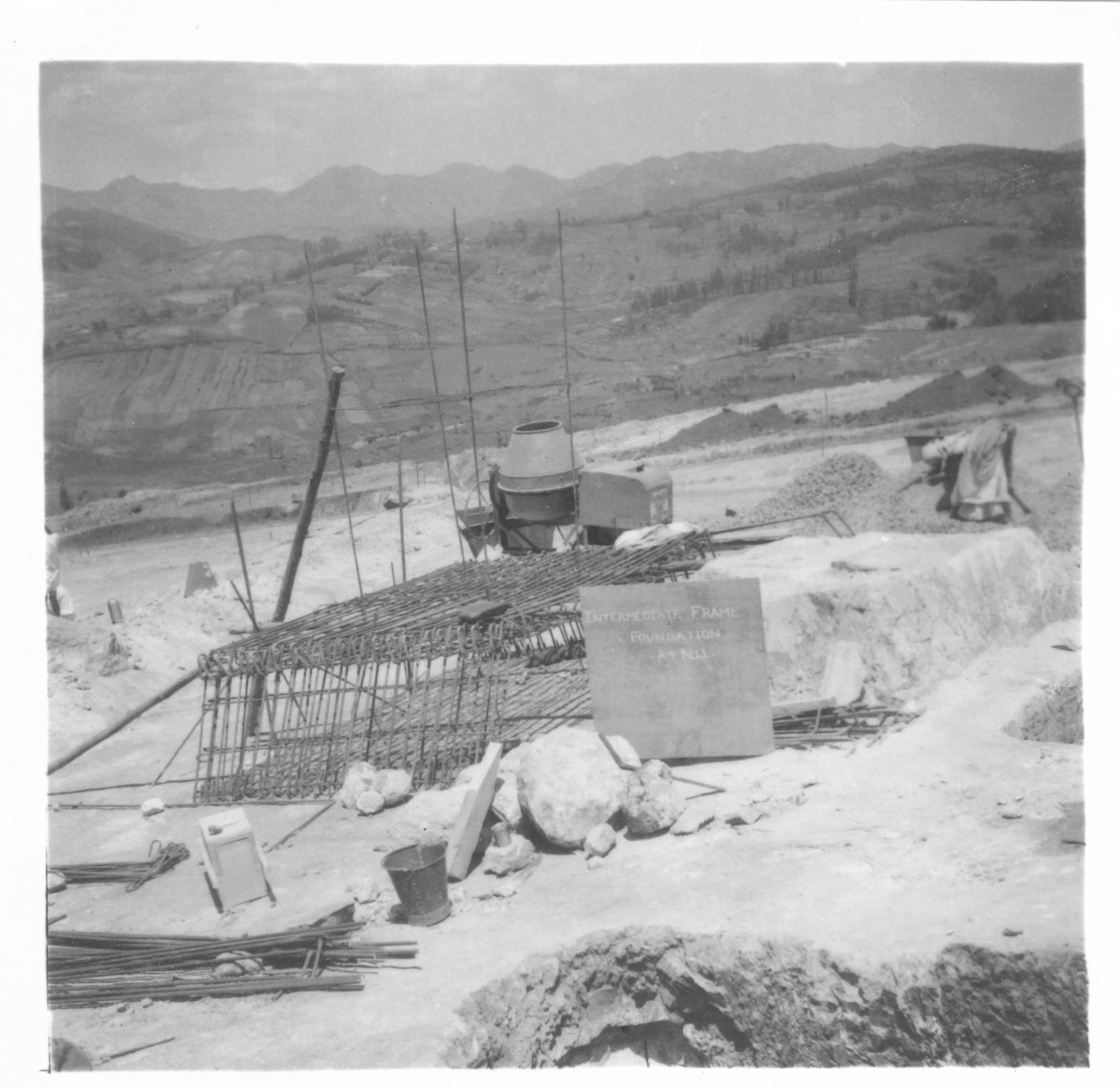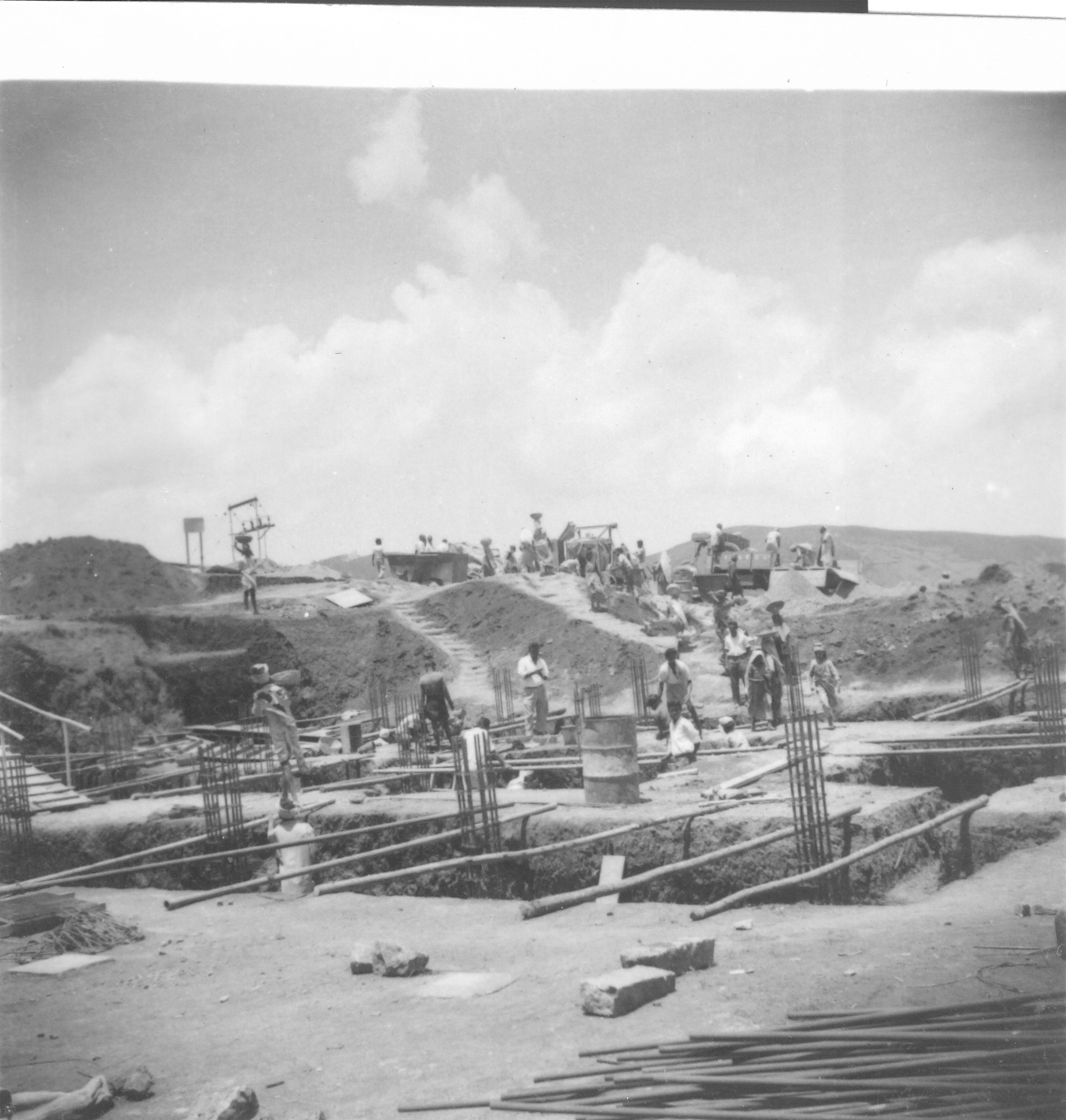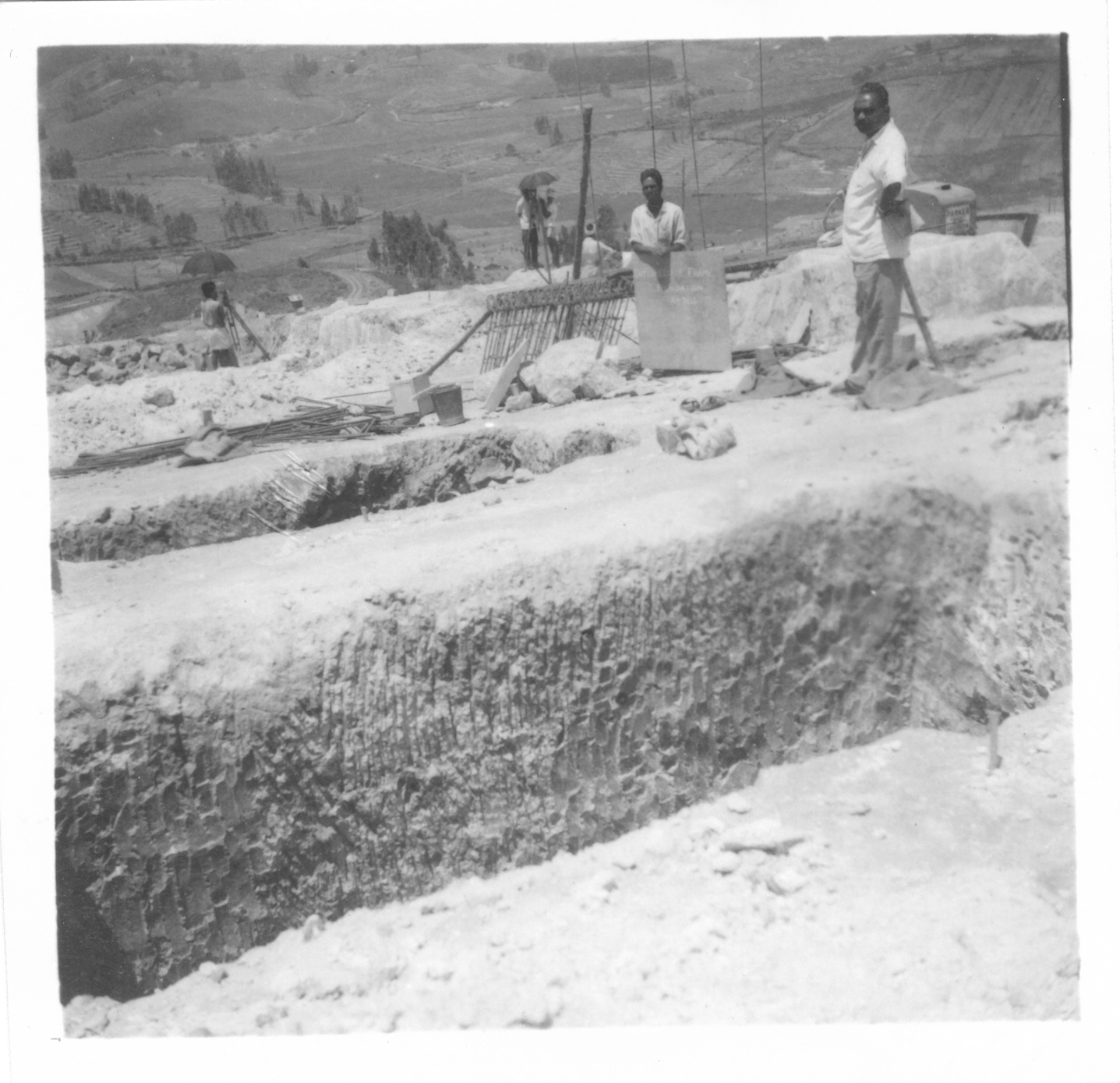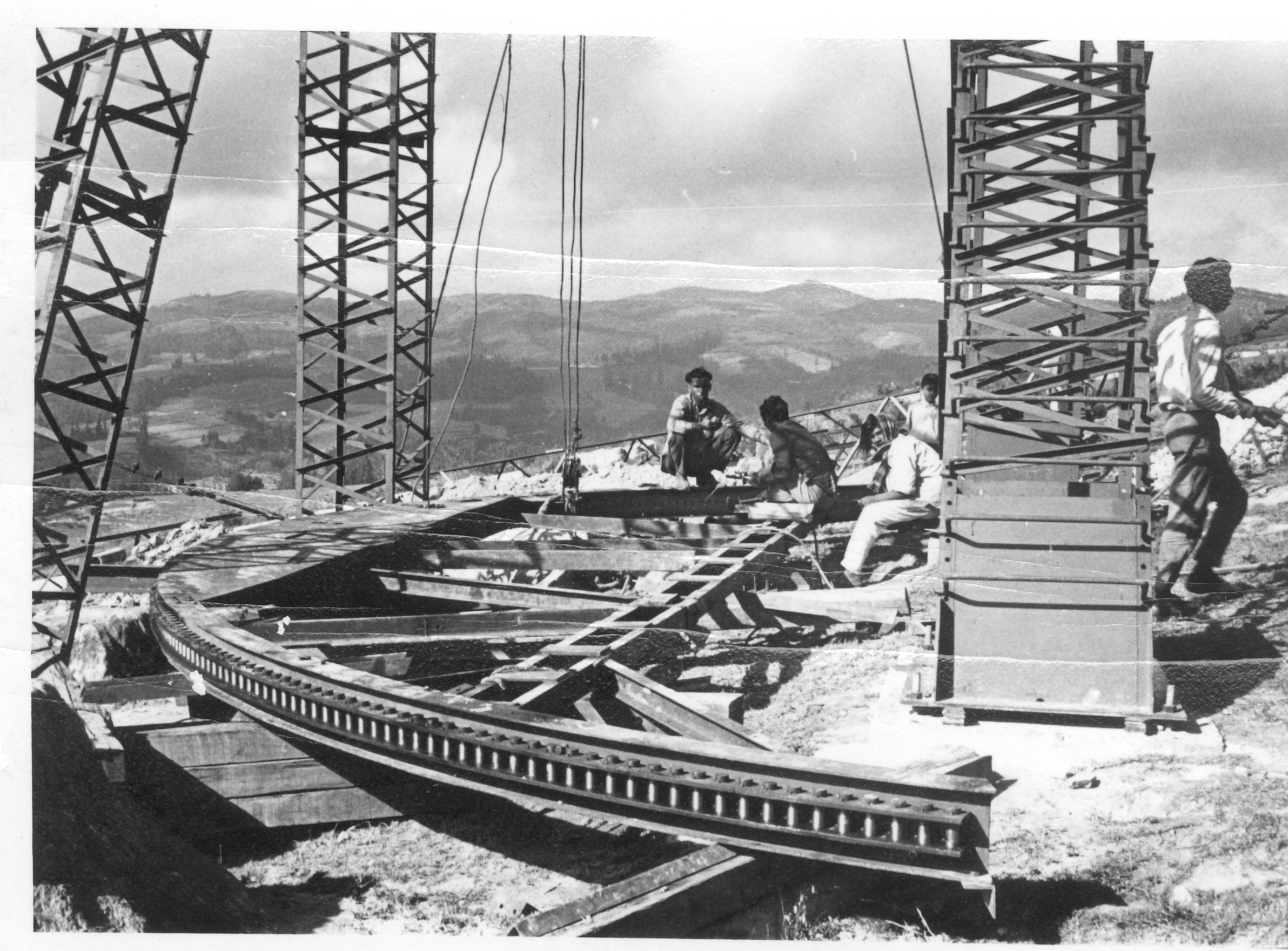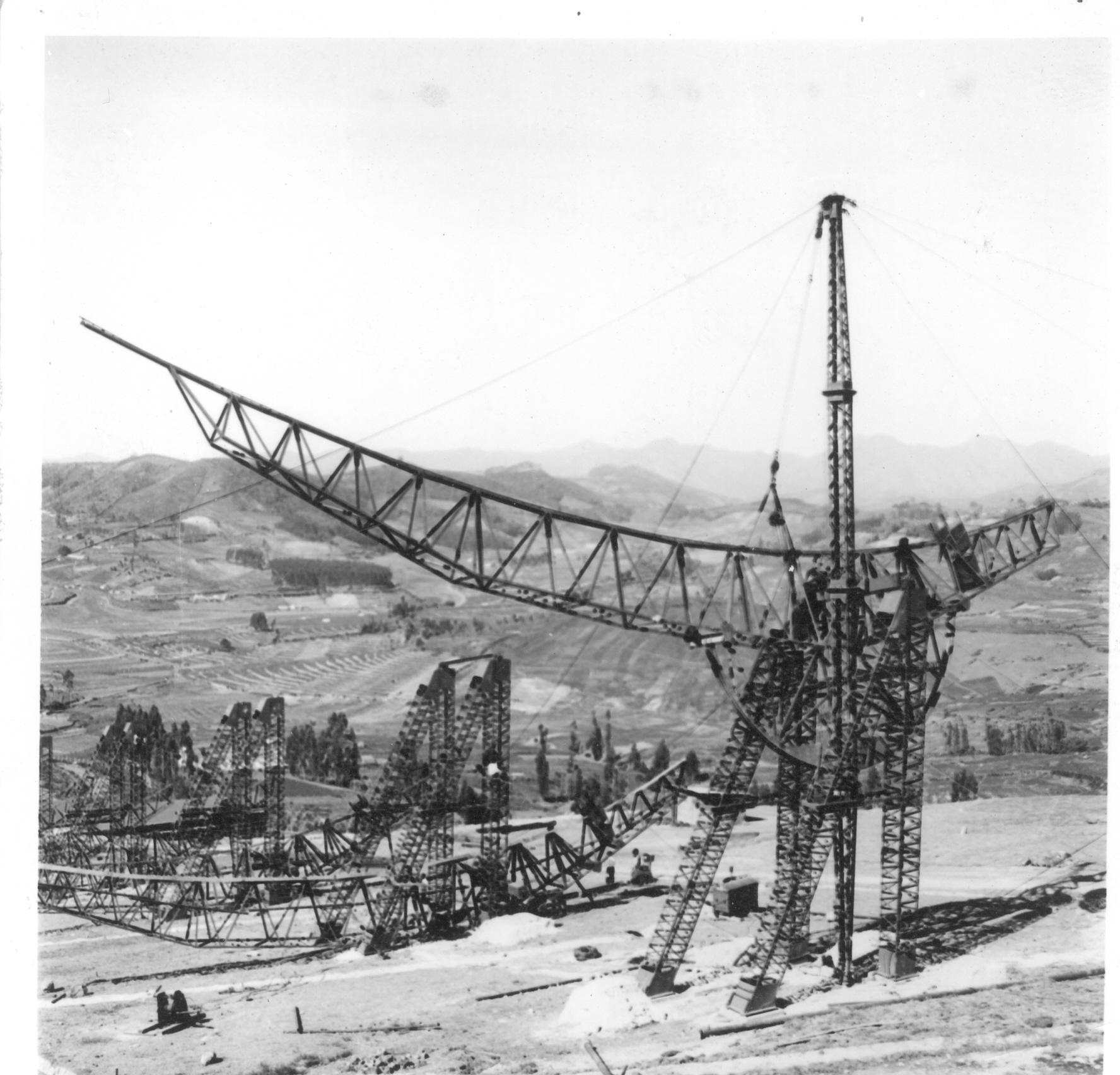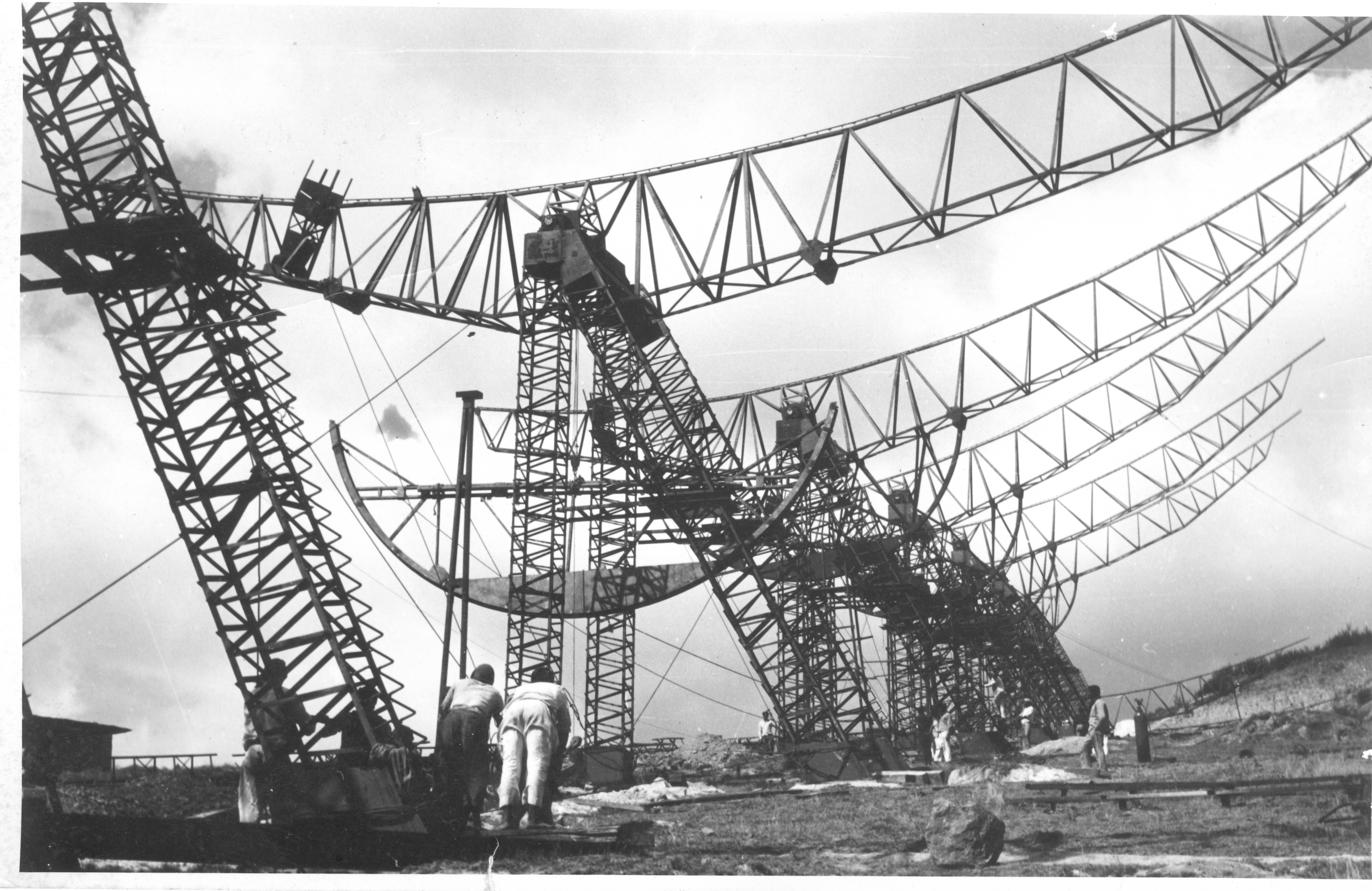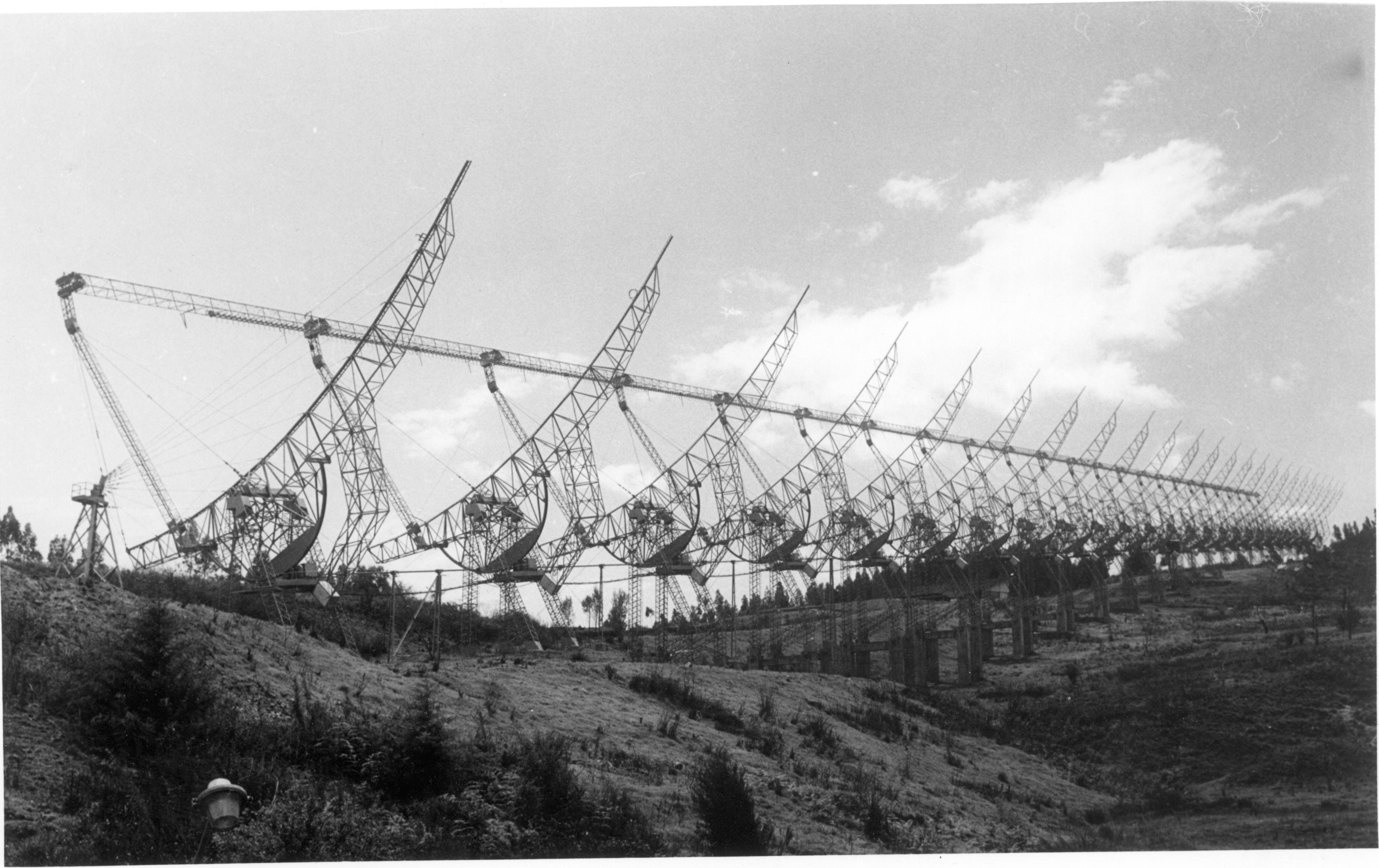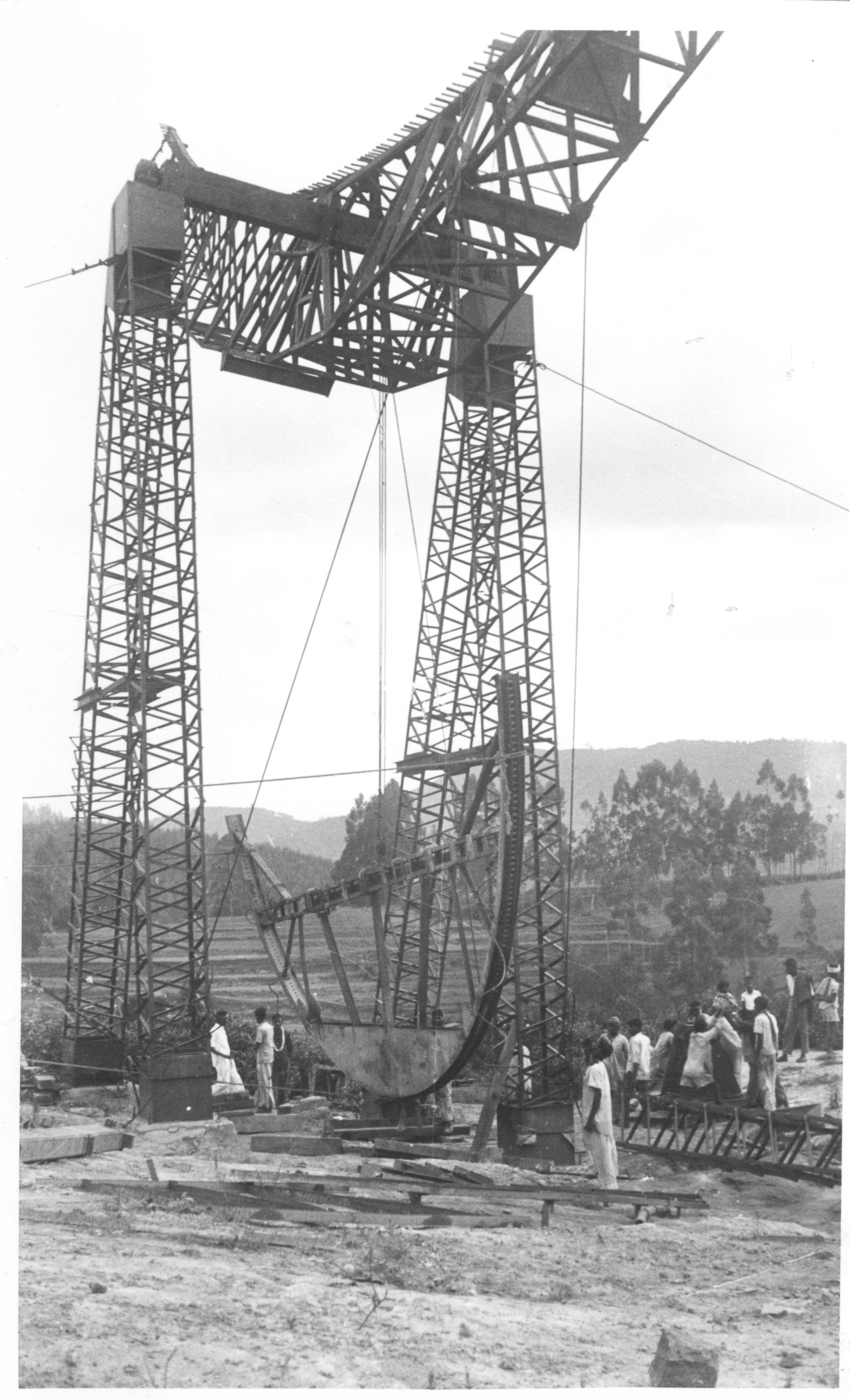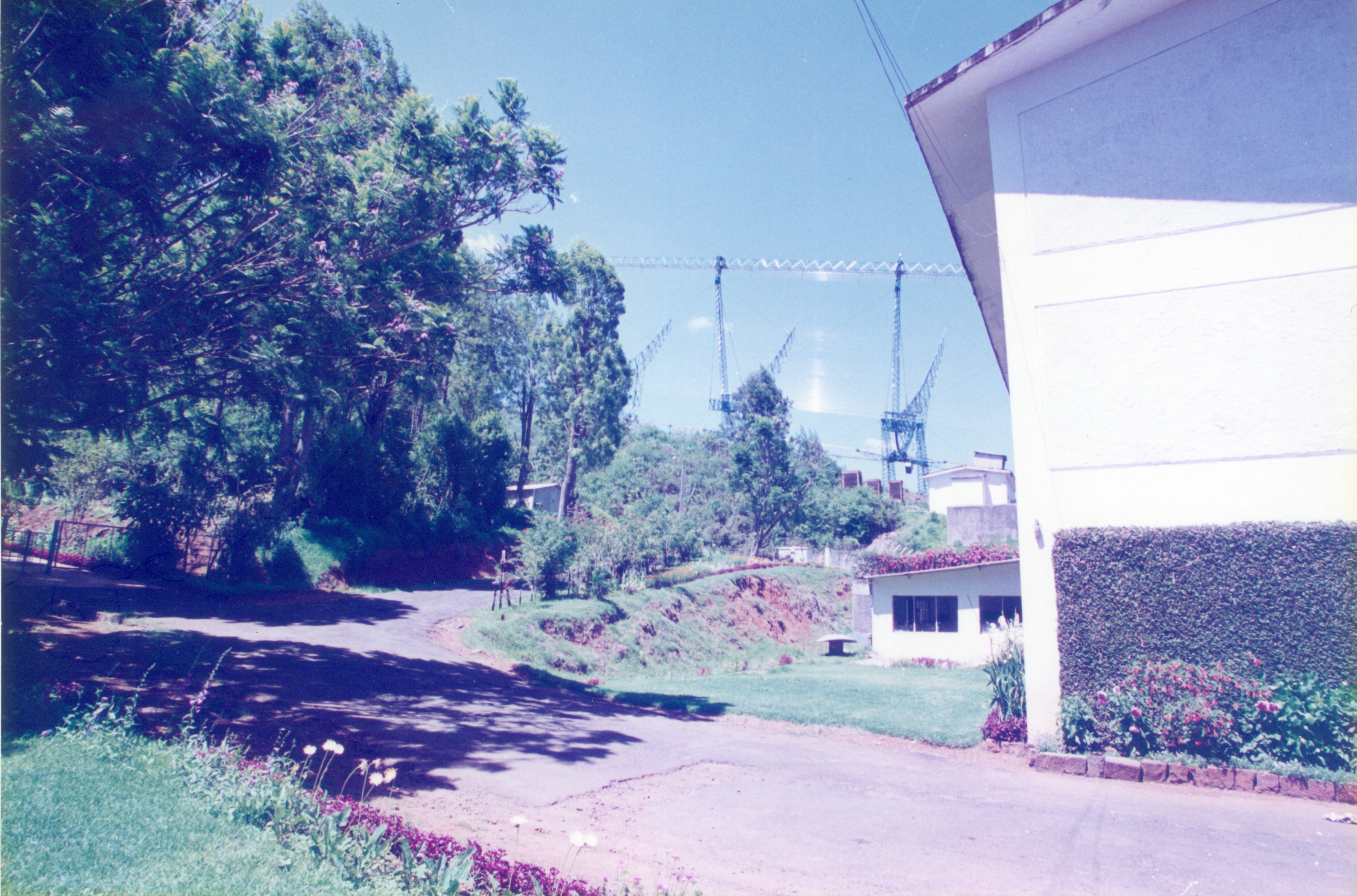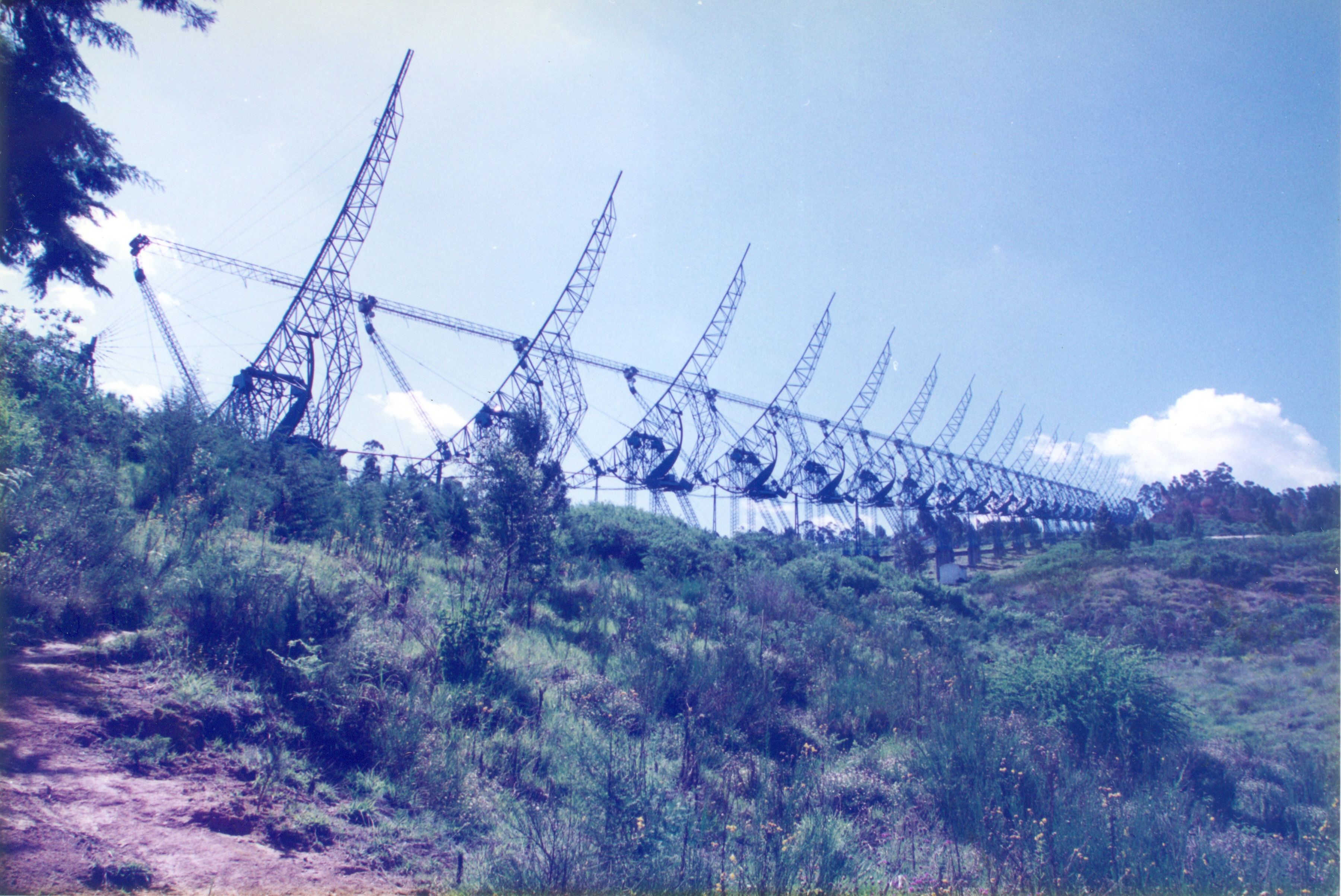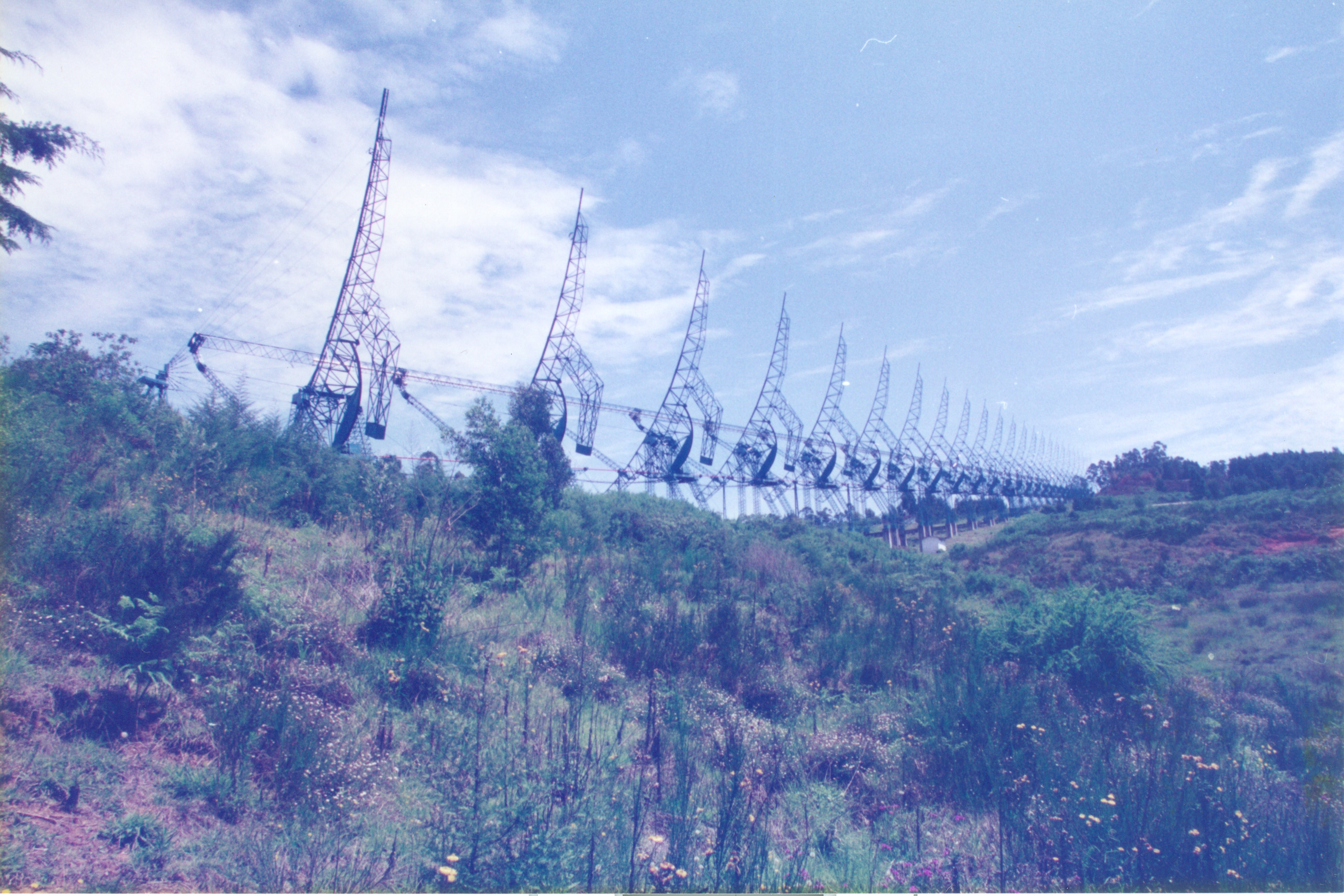Ooty Radio Telescope (ORT)
The Ooty Radio Telescope (ORT) is located in Muthorai near Ooty, in southern India. It is part of the National Centre for Radio Astrophysics (NCRA) of the Tata Institute of Fundamental Research (TIFR), which is funded by the Government of India through the Department of Atomic Energy. The radio telescope is a 530-metre (1,740 ft) long and 30-metre (98 ft) wide cylindrical parabolic antenna. It operates at a frequency of 326.5 MHz with a maximum bandwidth of 15 MHz at the front end.
Click here to see Google Arts & Culture (The story of Building the Ooty Radio Telescope)Challenges Faced While Building
Over the years, the ORT, built at ₹ 60 lakh, had contributed to observations that had helped support the theory of the Big Bang.
The design and construction of the ORT was a great challenge to the team, as the development of technology in India was still in its infancy in those years, and foreign exchange for importing components was very limited.
A telescope like this was not easy to build in the late 1960s. The technological capabilities were still primitive in India. While the Tata Consulting Engineers (known then as Tata Ebasco) did the structural and mechanical design, and the Calcutta Firm Bridge and Roof were identified to do the mechanical construction, the group itself lacked experienced engineers. Since foreign exchange was virtually impossible those days, the entire electronics had to be fabricated in India. The indigenous manufacture of critical components like coaxial cables, ultra-high frequency connectors, etc. was just starting.
So it was a challenge to build a large telescope like this. The remote location of the site was an added complication.
The first challenge was to find a suitable site for the new telescope. In early 1965, after an extensive site survey by Swarup and his student Ramesh Sinha, a site was found on a hill near Ooty in present day Tamil Nadu.
The site was located at an altitude of about 2100 m in the Nilgiri Hills. In late 1965, Homi Bhabha approved the construction of the ORT. A few days later, Bhabha tragically died in an air crash in Switzerland.
The construction started in 1966 and was initiated by the new TIFR Director Prof. MGK Menon.The challenges in construction were numerous and formidable. A complex engineering feat on this scale had never been attempted in India and Swarup’s group had to work closely with Indian industry to implement their design.
The entire electronics had to be built in-house by the handful of students, guided by Sarma and Joshi. This included the phase shifters, the 1024 dipoles along the focal line, the control system and the back end electronics. The students worked incredibly hard, often 18 hours a day. The 'publish or perish‘ syndrome has overtaken science. One can only be nostalgic about the days when students had a pioneering spirit; they were not obsessed with getting a quick 'Ph.D‘. Of course, they needed to be motivated and inspired by an inspired leader. Govind Swarup was certainly one of them!

Bridge and Roof Co.INDIA LTD Telescope Completion News.


